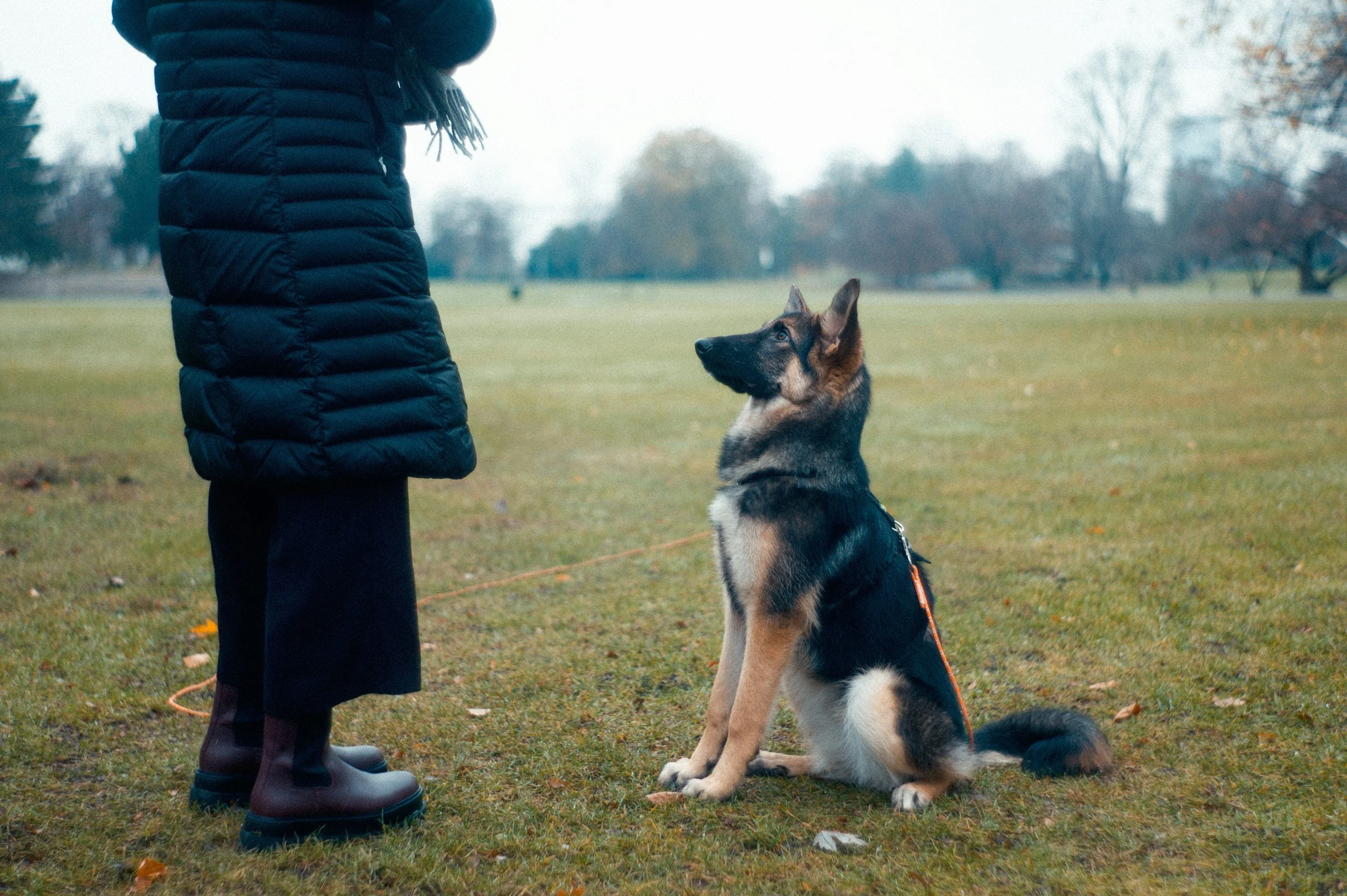The Overlap Between Obedience Training and Leadership Development
At first glance, obedience training and leadership development might seem like strange bedfellows. One’s about teaching dogs to sit, stay, and walk to heel. The other’s about guiding people through complexity, ambiguity and growth.
But if you scratch beneath the surface, there’s more in common than you might think.
At Blue Dog Culture, we spend a lot of time thinking about what it means to lead with courage, clarity and care and sometimes that wisdom comes on four legs, not two.
It Starts With Trust, Not Control
In obedience training, the foundation is trust. You can’t train a dog by barking louder than they do. It takes consistency, calm, and a relationship built on mutual respect. Leadership is no different.
You don’t earn followership by commanding authority.
You earn it by being grounded, fair, and clear in what you ask.
By showing up the same way, every day, especially when things get messy.
The best leaders, like the best trainers, make people feel safe enough to explore, to stretch, to get it wrong and try again.
The Root of Obedience? Listening.
The word “obedience” has a deeper meaning than most people realise. It comes from the Latin ob audire, meaning “to listen deeply.” That changes the whole conversation.
Obedience isn’t about blind compliance.
It’s about attentiveness. Responsiveness. Connection.
And great leadership starts there too - with deep listening.
Not just to what’s said out loud, but what’s under the surface. The emotion, the hesitation, the possibility.
When people feel heard, they stop bracing and start contributing.
Sometimes, the Right Call Is Disobedience
One of the most powerful ideas from guide dog training is called intelligent disobedience. It means the dog is trained to disobey a command if following it would put their handler at risk.
That’s not defiance. That’s discernment.
Now think about your team.
Are you encouraging people to think critically?
To challenge decisions when something feels off?
To speak up even when it’s uncomfortable?
A high-performing team isn’t one that obeys blindly. It’s one that knows when to question, when to pause, and when to lead from where they are.
Leadership Is Not a Power Grab
Good dog training is about partnership. The same goes for leadership. It’s not about pulling people into line. It’s about walking alongside them, guiding with intention, and knowing when to take the lead and when to let others step forward.
When you lead like this, people don’t just follow you.
They trust you. They grow with you. And they lead others in return.

